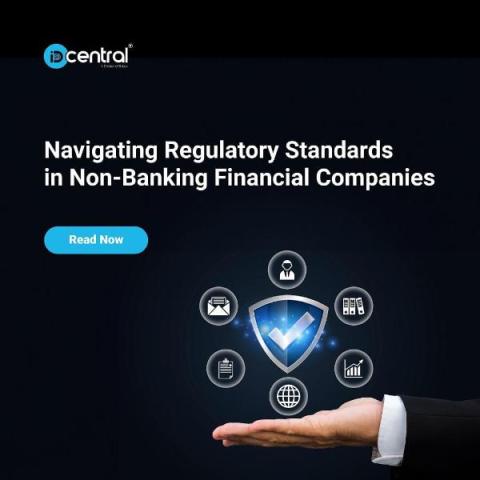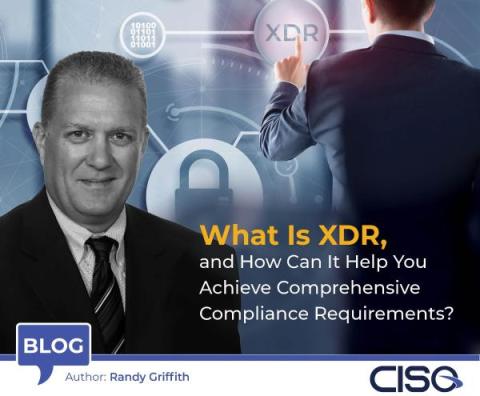Security | Threat Detection | Cyberattacks | DevSecOps | Compliance
Compliance
Navigating Regulatory Standards in Non-Banking Financial Companies
Quantify Cyber Materiality When Navigating APRA's Regulations
Navigating the DoD's Proposed Rule: A Comprehensive Guide to CMMC Compliance Strategies
On December 26, 2023 the Department of Defense (DoD) unveiled the long-anticipated Proposed Rule for the Cybersecurity Maturity Model Certification (CMMC) Program, sending a clear message to defense contractors that CMMC is happening sooner than many thought, and that those taking a “wait and see” attitude can no longer wait to prepare.
What Is XDR, and How Can It Help You Achieve Comprehensive Compliance Requirements?
In the ever-evolving cybersecurity landscape, organizations are constantly striving to enhance their defenses against organized malicious actors. As cyber attacks become more advanced, regulatory bodies have created and enforced compliance requirements to ensure that organizations protect sensitive data and systems. One groundbreaking solution that can help your organization meet these challenges is Extended Detection and Response, known as XDR.
Why you need a consultant to pass ISO 27001
Implementing ISO 27001, the international standard for information security management, is a complex process that requires expertise, experience and careful planning. This blog explores why using a consultant for ISO 27001 implementation is crucial to not just ensure certification, but also (and perhaps more importantly), to build an information security management system that is tailored to your business and its objectives. To make sure your certification is actually working for you.
From automated compliance to AI: How investors are prioritizing security
AI and cybersecurity are top strategic priorities for companies at every scale — from the teams using the tools to increase efficiency all the way up to board leaders who are investing in AI capabilities.











